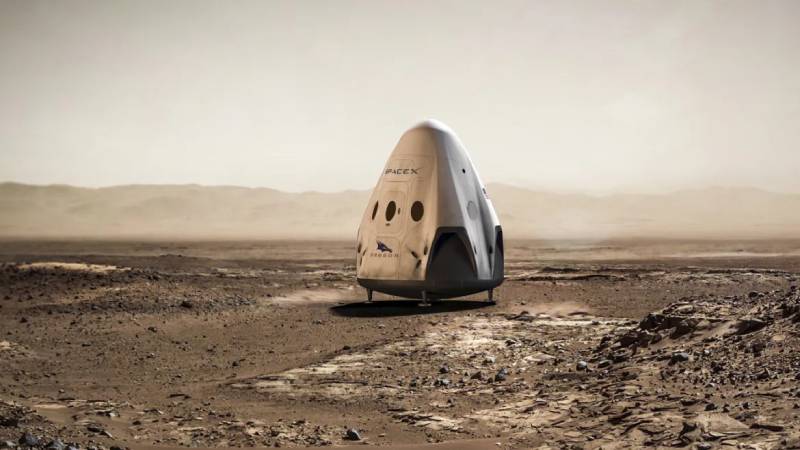SpaceX is determined to elevate its already remarkable launch frequency to unprecedented levels. In 2023, Elon Musk’s company has executed 74 orbital missions, surpassing any private entity’s annual record. (The prior record of 61 launches was set by SpaceX in 2022.) However, the upcoming 2.5 months promise an even more prolific series of spaceflights.
During a hearing of the U.S. Senate’s Subcommittee on Space and Science on October 18, Bill Gerstenmaier, the vice president of build and flight reliability at SpaceX, declared, “This year, we aim to achieve 100 flights.” Looking ahead to the following year, he added, “We intend to escalate that pace to approximately 12 flights per month, which equates to 144 flights annually.”
Reaching the century mark for launches this year necessitates a substantial acceleration in the launch schedule, reducing the gap between missions from 3.9 days to 2.8 days.
SpaceX is well-positioned to meet this target. The company has frequently conducted two missions in a single day, as evidenced by March when two Falcon 9 rockets were launched within 4.5 hours of each other. Additionally, SpaceX possesses a substantial backlog of payloads awaiting their journey to space.
The firm is actively expanding its Starlink internet-satellite megaconstellation, currently composed of around 5,000 operational satellites. However, SpaceX has been granted authorization to deploy 12,000 Starlink satellites, with an additional application for approval of 30,000 more spacecraft.
Approximately 60% of SpaceX’s 2023 launches have been dedicated to Starlink missions.
The majority of SpaceX’s orbital missions thus far have been executed by the dependable Falcon 9 rocket, while the powerful Falcon Heavy has handled the remainder. Falcon Heavy boasts eight launches, with four occurring in the current year.
Nonetheless, SpaceX is advancing towards a successor to these proven rockets in the form of the enormous Starship. This groundbreaking rocket is designed to be fully and rapidly reusable, setting it apart from the Falcon 9 and Falcon Heavy, whose upper stages are expendable.
Elon Musk has asserted that Starship, the largest and most potent rocket ever constructed, will render Mars colonization and other ambitious exploration endeavors economically viable. To date, SpaceX has conducted one test flight with Starship on April 20 of this year, which concluded with a controlled detonation due to several issues shortly after liftoff.
SpaceX is currently preparing for the second-ever test flight of Starship. During the hearing, Gerstenmaier disclosed that the vehicle has been ready for launch for over a month, but a launch license from the U.S. Federal Aviation Administration is still pending.
Senator Ted Cruz (R-Texas) expressed dissatisfaction with the “bureaucratic red tape” currently holding Starship on the ground. Gerstenmaier echoed similar sentiments, emphasizing that frequent test flights and iterative design updates based on flight analyses are integral aspects of SpaceX’s development strategy.
“It’s regrettable when our hardware is prepared for flight, and we are unable to launch due to regulations or reevaluation,” Gerstenmaier remarked. “We prioritize safety and environmental protection; these are not to be dismissed. However, we must strive to develop hardware at the swiftest pace possible to facilitate an active development process and the test flight experience we’ve outlined.”
Disclaimer: The views, suggestions, and opinions expressed here are the sole responsibility of the experts. No Indiana Sphere journalist was involved in the writing and production of this article.




